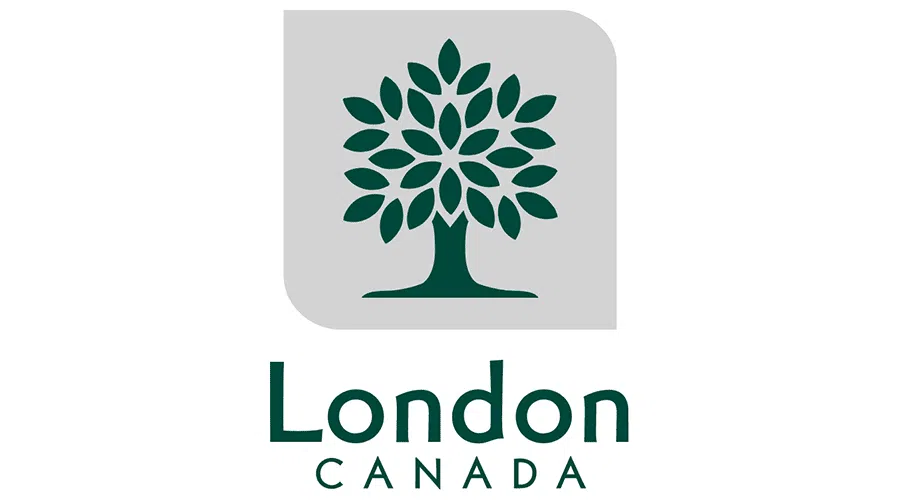
The latest population estimate for the broader London area—which includes London, St. Thomas, Strathroy-Caradoc, and parts of Elgin and Middlesex counties—stands at 608,343. As one of the fastest-growing urban regions in Ontario, the London census metropolitan area has gained the equivalent of a city with over 40,000 residents since the last census in 2021, according to updated estimates.
Looking back nearly 20 years to the 2006 census, the population has increased by approximately 150,000, effectively adding a city the size of Barrie to the London area within a generation.
Absent any unforeseen events like recessions, growing areas tend to continue expanding, a projection presented to the London city council a year and a half ago predicted that the city’s population—currently the largest portion of the wider area with 608,000 residents—would reach 647,000 by 2051.
This projection represents an average annual growth rate of 1.3 percent, which equates to adding a city the size of St. Thomas to London every five to six years, according to the report shared with the council.
Out-migration from the Greater Toronto Area and the influx of international students—attracted by Western University and Fanshawe College—are two significant factors driving growth in the broader London area. The region’s robust economy also plays a crucial role, with recent major investments from companies like Maple Leaf Foods and Amazon enhancing the employment landscape. Furthermore, German auto giant Volkswagen is constructing a $7-billion electric vehicle battery plant in St. Thomas, set to open in 2027, which is expected to employ up to 3,000 workers and attract additional businesses requiring labor.
However, this rapid population growth has led to several challenges. Employers face labor shortages, the apartment market is tight with soaring rents, and the pace of building new schools hasn’t kept up with demand. In fast-growing areas, new schools are needed, but even newly opened schools often rely on portable classrooms due to immediate overcapacity.
The booming London District Catholic school board, for instance, is installing 47 portable classrooms this year at a cost of over $5 million to accommodate rising enrollment. The Thames Valley District School Board, one of Ontario’s largest, has added at least 6,000 new students since 2019, bringing its total enrollment to about 84,000. While new schools are necessary in rapidly expanding areas, the board also faces the challenge of managing schools with empty desks elsewhere.
Recently, it capped enrollment at two London-area schools and identified the need for 18 new schools or additions to address current and future enrollment pressures.
Written by: C. Soares